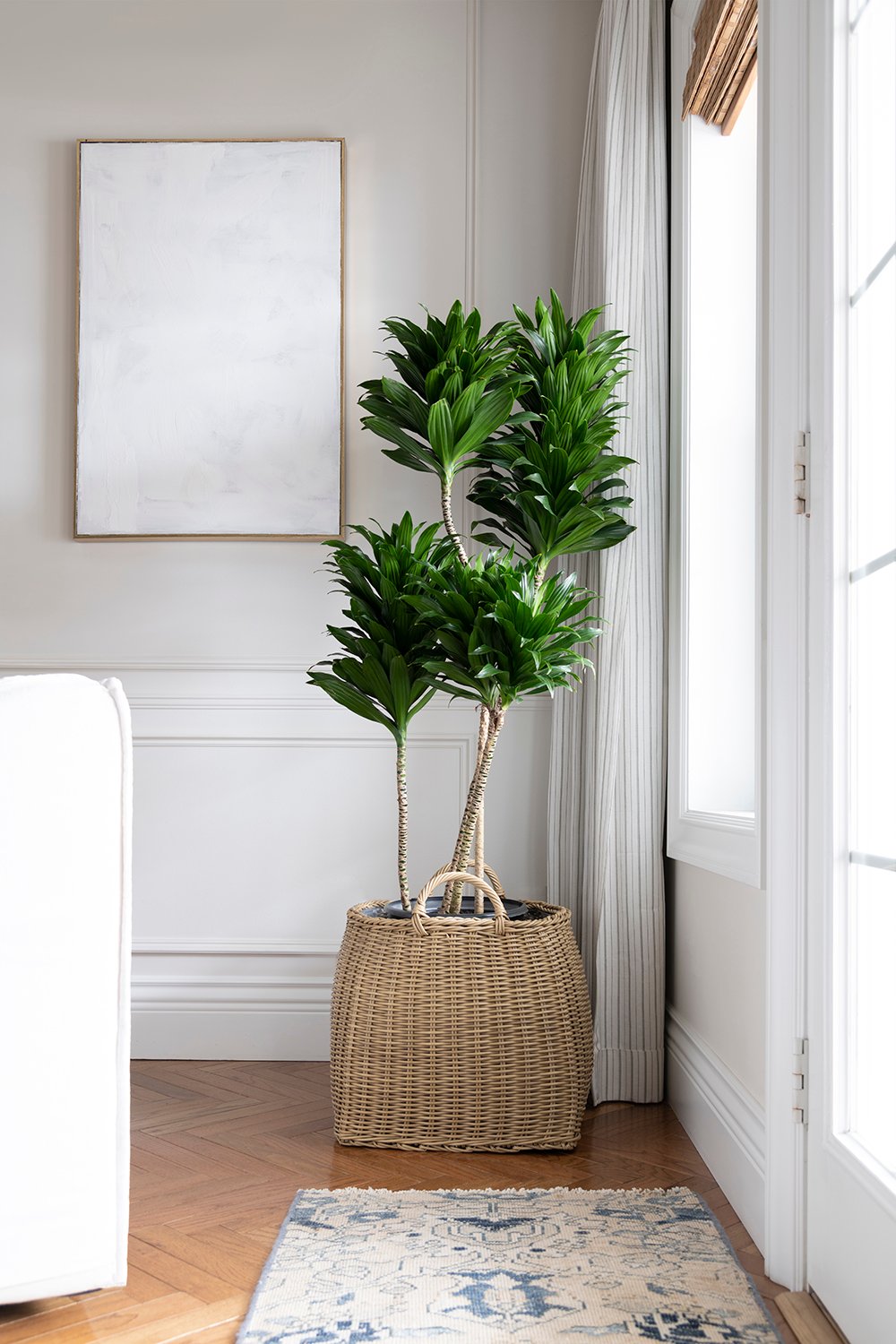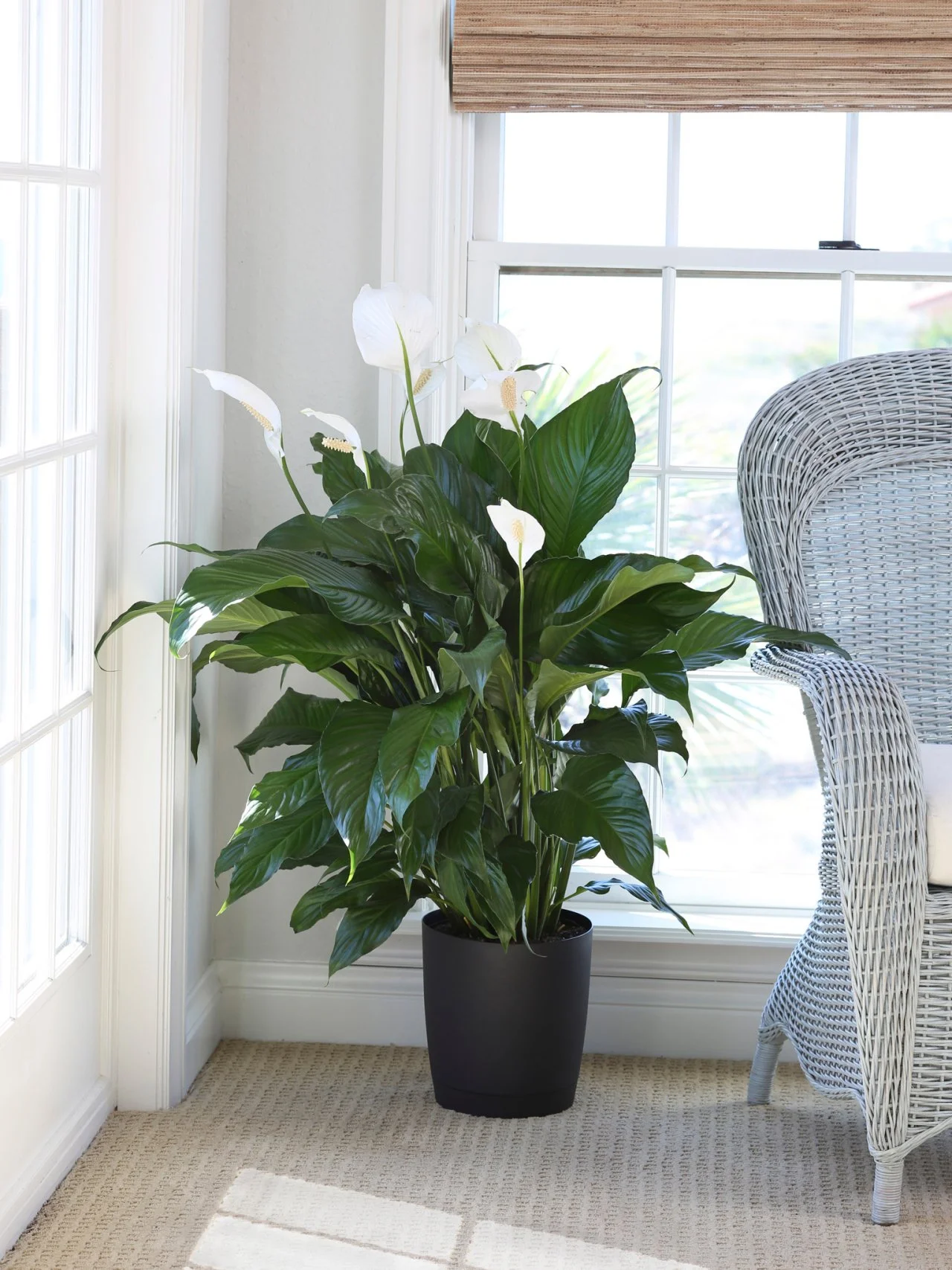Transform Your Home With Beautiful Low-Light Indoor Plants and Their Advantages
Including low-light interior plants into your home can substantially boost both the aesthetic and ecological top quality of your home. These plants, which grow in dim conditions, offer not only as ornamental elements yet also as natural air cleansers, making them excellent for city dwellers or those with limited sunshine direct exposure. As we explore the numerous types of low-light plants and their advantages, you might find surprising means to integrate them right into your home that can transform your environments in ways you may not have prepared for.
Advantages of Low-Light Plants
Low-light plants offer many advantages for interior settings, making them an excellent selection for both novice and skilled gardeners. One of the primary advantages is their versatility to low-light problems, enabling people to improve their living spaces without the need for substantial sunshine exposure. This particular makes them optimal for homes, workplaces, and various other areas with limited natural light.
:max_bytes(150000):strip_icc()/low-light-conditions-houseplants-1902917-834ee8847a324939b796845a6bc22d36.png)
In addition, incorporating low-light plants into home design can elevate the aesthetic appeal of a room. Their rich foliage and varied structures develop a calming atmosphere, adding to general wellness. The presence of greenery has been connected to reduced anxiety degrees and improved efficiency, making low-light plants a sensible choice for boosting both psychological and physical health in interior settings.
Leading Low-Light Indoor Plants
While several interior plants flourish in brilliant light, several types are specifically well-suited for low-light problems, making them suitable for different indoor spaces. One prominent choice is the Serpent Plant (Sansevieria), recognized for its striking upright fallen leaves and strength, needing marginal treatment. Another superb alternative is the Pothos (Epipremnum aureum), which includes heart-shaped fallen leaves and can route beautifully from hangers or shelves, growing in reduced light and adding a lavish touch.
The ZZ Plant (Zamioculcas zamiifolia) is commemorated for its glossy leaves and ability to withstand disregard, making it perfect for active way of livings. Likewise, the Peace Lily (Spathiphyllum) not just tolerates low light however additionally generates sensational white blooms, enhancing any kind of space's visual.
For an one-of-a-kind touch, take into consideration the Cast Iron Plant (Aspidistra elatior), which certainly meets its name, thriving in the darkest corners of your home. The Chinese Evergreen (Aglaonema) uses a range of fallen leave patterns and colors while being remarkably flexible in low-light conditions. These plants not just beautify interior atmospheres but also add to air filtration, improving your living room.
Treatment Tips for Low-Light Plants

Sprinkling methods are important; these plants typically choose a little dry conditions. Overwatering can bring about root rot, so make certain that the top inch of dirt is completely dry before sprinkling again. Use pots with drainage openings to enable excess dampness to escape.
Moisture is one more essential variable. Lots of low-light plants, such as ferns and tranquility lilies, advantage from higher moisture degrees. To increase humidity, think about misting the fallen leaves or placing a tray of water near the plants.
Fertilizing ought to be come close to with caution. Throughout the expanding period, utilize a thinned down, balanced liquid plant food each month to support development, however prevent fertilizing throughout the dormant cold weather.

Innovative Ways to Display Plants
Indoor plants can serve as captivating centerpieces in any kind check this of room, improving both aesthetic allure and ambiance. Innovative display screens can boost the aesthetic impact of low-light plants, making them an essential part of your home decoration. One efficient method is to utilize tiered plant stands, which wikipedia reference permit you to showcase multiple plants at differing elevations while optimizing floor space.
Hanging planters are an additional ingenious alternative, creating a sense of depth and attracting the eye up. Consider macramé wall mounts or wall-mounted shelves to introduce an one-of-a-kind texture and style.
For an extra organized method, usage geometric terrariums or glass containers to house your plants, including a modern-day touch to your indoor garden. You can additionally repurpose vintage things, such as teacups or wood crates, for an eclectic display screen that mirrors your personality.
Enhancing Home Setting With Plants
Incorporating low-light plants right into your home not just boosts aesthetic appeal but additionally adds significantly to the total atmosphere. These plants act as all-natural decoration elements, introducing a feeling of harmony that can transform any area. The presence of plant cultivates a relaxing ambience, which is especially helpful in high-stress settings such as home offices or living rooms.
Low-light plants, such as snake plants, pothos, and ZZ plants, are not only cosmetically pleasing but also boost indoor air high quality by filtering system toxins. This double feature boosts the setting further, creating a much healthier space (Best low-light indoor plants). The calculated positioning of these plants can likewise affect the understanding of room; for example, high plants can attract the eye up, making ceilings appear higher and rooms extra roomy
Furthermore, differing textures and colors of foliage include deepness to interior decoration, permitting imaginative expression in home styling. Whether put on racks, in corners, or as focal points, low-light plants can raise the mood of any kind of area. In recap, including these plants into your home is an effective method to foster a cozy, inviting environment while profiting of improved air top quality and aesthetic flexibility.
Conclusion
Including low-light interior plants right into home atmospheres hop over to these guys offers numerous benefits, including boosted visual allure and improved air high quality. These resilient plants, such as the Serpent Plant and Peace Lily, require marginal light and maintenance, making them suitable for varied way of lives. Their ability to filter pollutants contributes to a healthier living room, while their diverse textures and colors improve indoor design (Best low-light indoor plants). Eventually, the inclusion of low-light plants fosters a serene and welcoming setting, transforming any home right into a serene sanctuary.
While numerous interior plants thrive in brilliant light, several varieties are especially well-suited for low-light problems, making them ideal for numerous indoor rooms. One efficient approach is to make use of tiered plant stands, which enable you to showcase multiple plants at varying heights while making best use of floor space.
Low-light plants, such as snake plants, pothos, and ZZ plants, are not only aesthetically pleasing however likewise enhance indoor air quality by filtering contaminants. Best low-light indoor plants. The calculated positioning of these plants can additionally affect the understanding of area; for instance, tall plants can attract the eye up, making ceilings appear greater and spaces extra spacious
These durable plants, such as the Serpent Plant and Peace Lily, need marginal light and maintenance, making them appropriate for varied way of lives.